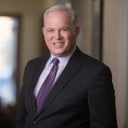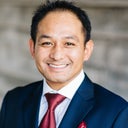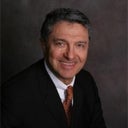Posted underAlloDerm q&a
What is Alloderm? Is it true that some surgeons used Alloderm during a Mastectomy?
What it is and how it helps the Mastectomy recovery?
Answers (22)
From board-certified doctors and trusted medical professionals
Dr. Richard Baxter, MD

Dr. Richard Baxter, MD
Board Certified Plastic Surgeon
Answer
Dr. Robert Frank, MD

Dr. Robert Frank, MD
Board Certified Plastic Surgeon
Answer
Dr. Lewis Albert Andres, MD

Dr. Lewis Albert Andres, MD
Board Certified Plastic Surgeon
Answer
Dr. Farhad Rafizadeh, MD

Dr. Farhad Rafizadeh, MD
Board Certified Plastic Surgeon
Answer
Dr. Morgan E. Norris, III, MD, FACS
Dr. Morgan E. Norris, III, MD, FACS
Board Certified Plastic Surgeon
Answer
Dr. Raj S. Ambay, MD

Dr. Raj S. Ambay, MD
Board Certified Plastic Surgeon
Answer
Dr. W. Thomas McClellan, MD, FACS
Dr. W. Thomas McClellan, MD, FACS
Board Certified Plastic Surgeon
Answer
Dr. Tom J. Pousti, MD
Dr. Tom J. Pousti, MD
Board Certified Plastic Surgeon
Answer
Dr. C. Bob Basu, MD, MPH, FACS
Dr. C. Bob Basu, MD, MPH, FACS
Board Certified Plastic Surgeon
Answer
Dr. Carlo Rob Bernardino, MD
Dr. Carlo Rob Bernardino, MD
Oculoplastic Surgeon, Board Certified in Ophthalmology
Answer
More AlloDerm Questions
See all AlloDerm Q&AWE SEND PRETTY
EMAILS
What’s trending? Who’s turning heads? Which TikTok myths need busting? We’ve got you. No fluff, no gatekeeping—just real talk. Get our free, unfiltered newsletter.